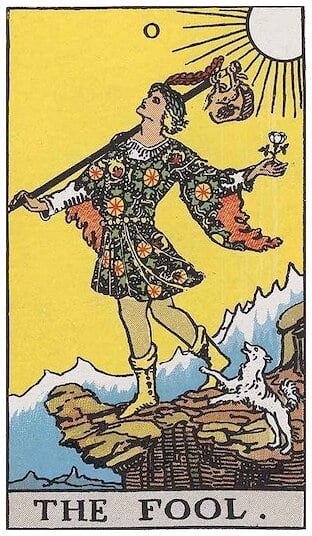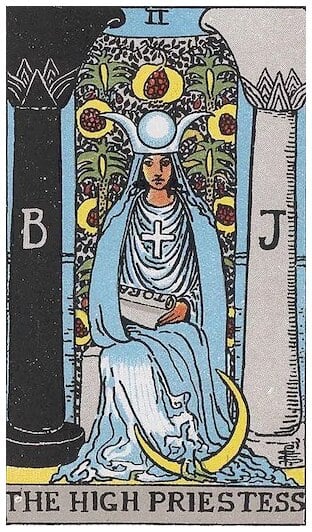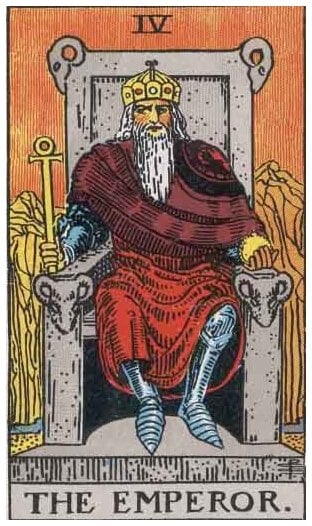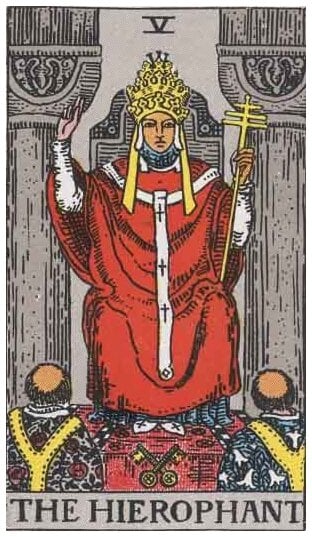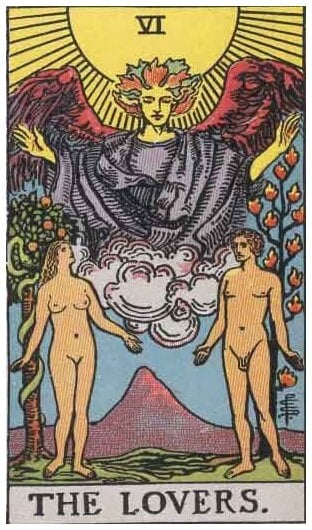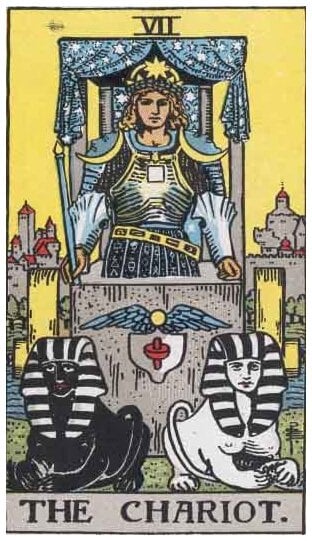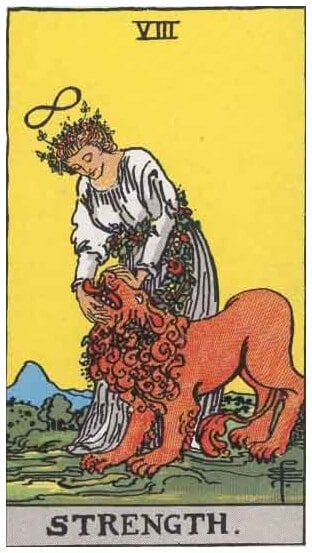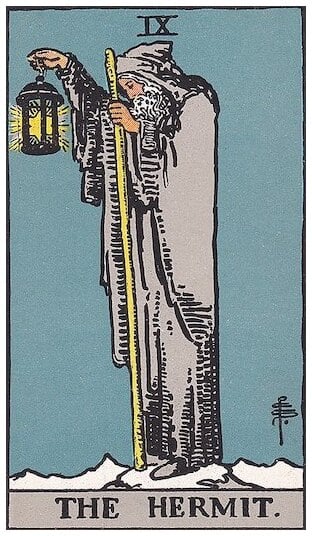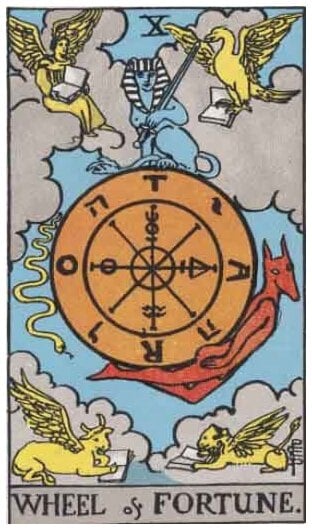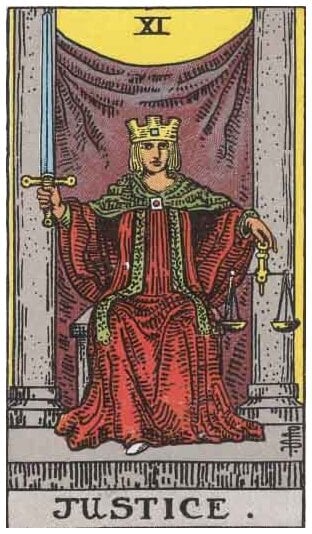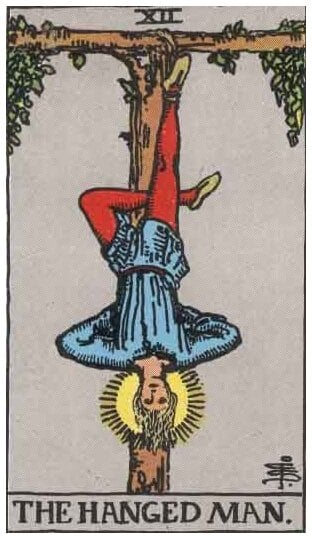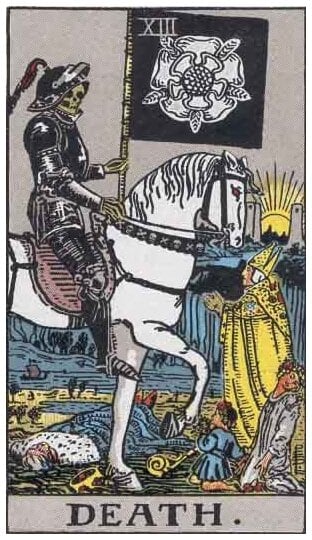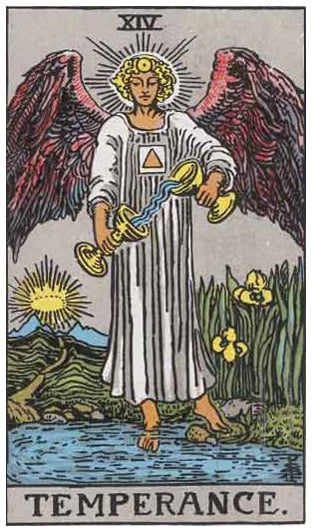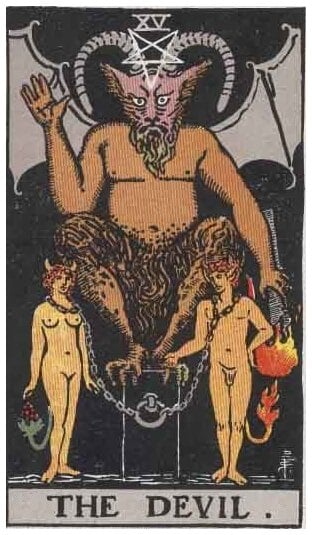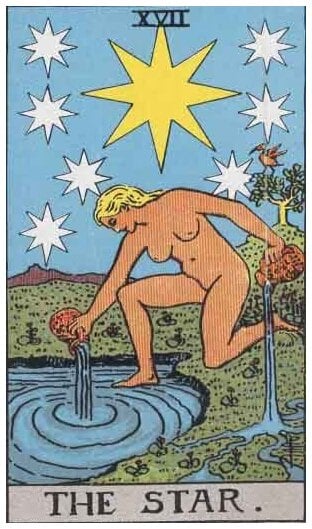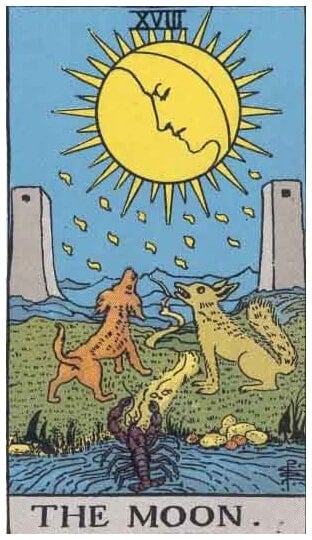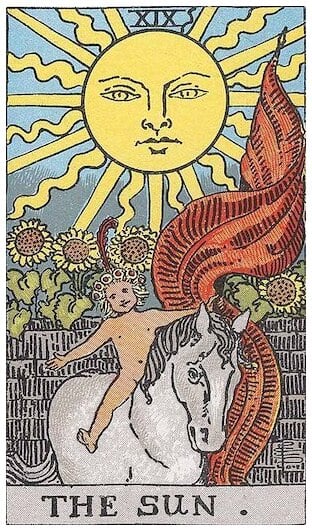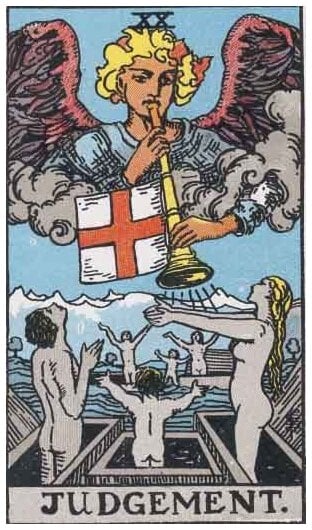The Major Arcana, a set of 22 cards in the Tarot deck, holds significant symbolic importance and is essential in Tarot readings. Unlike the Minor Arcana, which addresses everyday events, the Major Arcana delves into profound life events and spiritual lessons. Each card features unique imagery and symbols derived from various cultural, religious, and philosophical sources, designed to provoke deep introspection. The Major Arcana often represents the "Fool's Journey," a narrative depicting the soul's progression through stages of growth and enlightenment.
Historical Background
The Tarot has a rich history, tracing its origins back to the mid-15th century in Europe. Originally used for playing card games, the Tarot evolved into a tool for divination and spiritual guidance by the late 18th century. The Major Arcana, in particular, became imbued with esoteric meanings and were seen as a journey through the various stages of human experience and spiritual development.
Symbolism and Imagery
Each card in the Major Arcana carries unique imagery and symbolism, often depicting archetypal figures and scenes. These images are designed to provoke thought and introspection, allowing individuals to connect with deeper layers of their psyche. The symbols within the cards are drawn from a wide range of cultural, religious, and philosophical sources, including alchemy, astrology, and the Kabbalah, making the Major Arcana a rich tapestry of universal wisdom.
The Journey of the Fool
A common interpretation of the Major Arcana is the "Fool's Journey," a narrative that represents the journey of the soul through various stages of growth and enlightenment. The journey begins with the Fool, who symbolizes innocence and potential, and progresses through a series of challenges and triumphs. Each card along the path represents a lesson or an experience that contributes to the Fool's overall growth and understanding of the world.
Interpretation in Readings
In Tarot readings, the Major Arcana cards are often seen as the most significant, representing major themes and life lessons. When these cards appear, they usually indicate that the querent (the person receiving the reading) is dealing with fundamental issues or facing significant changes. For example, they may highlight pivotal moments in one's life journey, such as transitions, transformations, or periods of spiritual awakening.
The Major Arcana can be interpreted in various ways depending on their position in a spread and the question posed by the querent. Upright cards typically denote positive aspects or direct experiences, while reversed cards may indicate challenges, delays, or internal struggles.
Using the Major Arcana for Personal Growth
Beyond fortune-telling, the Major Arcana can be used as a tool for personal development and self-reflection. Many people draw a single card from the Major Arcana to meditate on its meaning, seeking insight into their current situation or guidance for future actions. This practice can help individuals gain a deeper understanding of themselves and the forces at play in their lives.
By contemplating the lessons and themes of the Major Arcana, individuals can explore their inner world, confront their fears, and recognize their potential for growth and transformation. The cards serve as mirrors, reflecting the inner workings of the mind and soul, and helping to illuminate the path to self-awareness and enlightenment.
Conclusion
The Major Arcana of the Tarot deck is a powerful tool for divination, introspection, and spiritual growth. Its 22 cards encapsulate the essence of the human journey, offering profound insights and guidance. Whether used for Tarot readings or personal meditation, the Major Arcana provides a rich source of wisdom and inspiration, helping individuals navigate the complexities of life with greater clarity and understanding.
